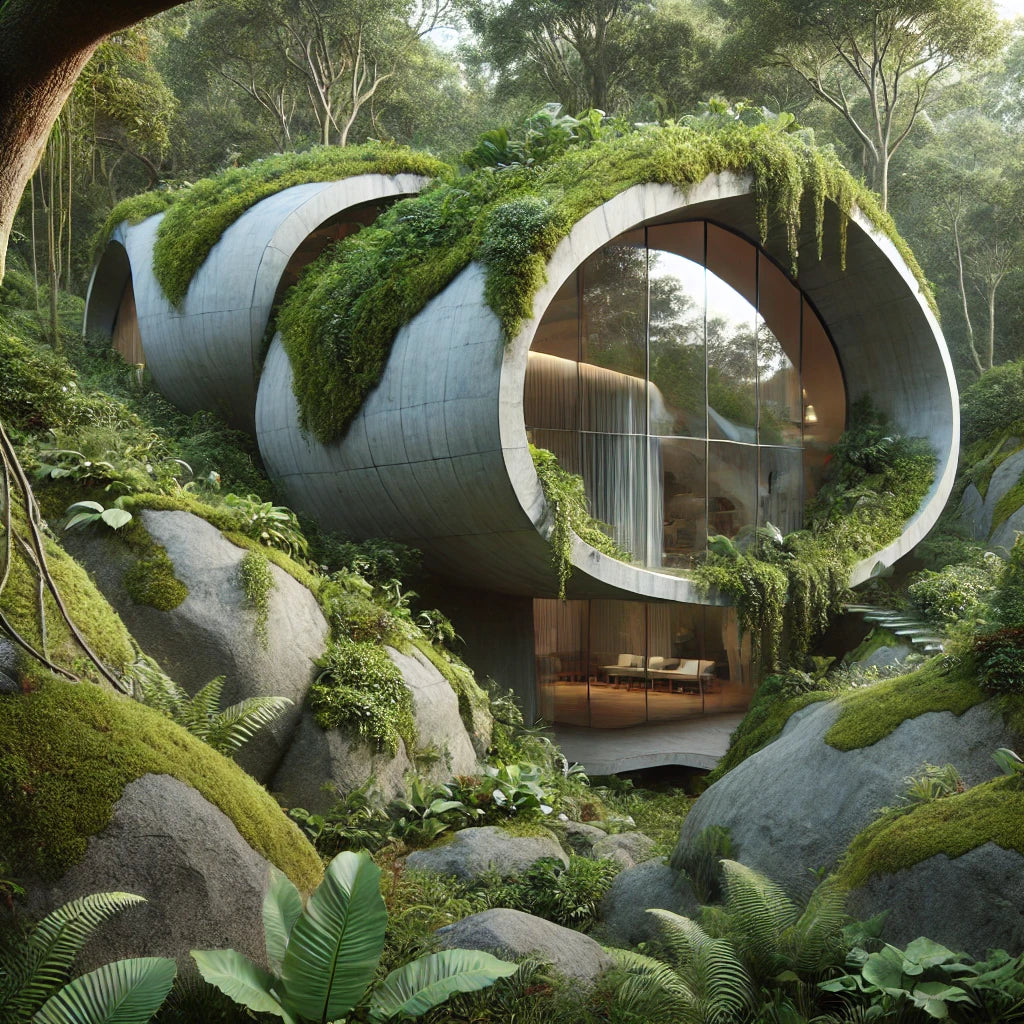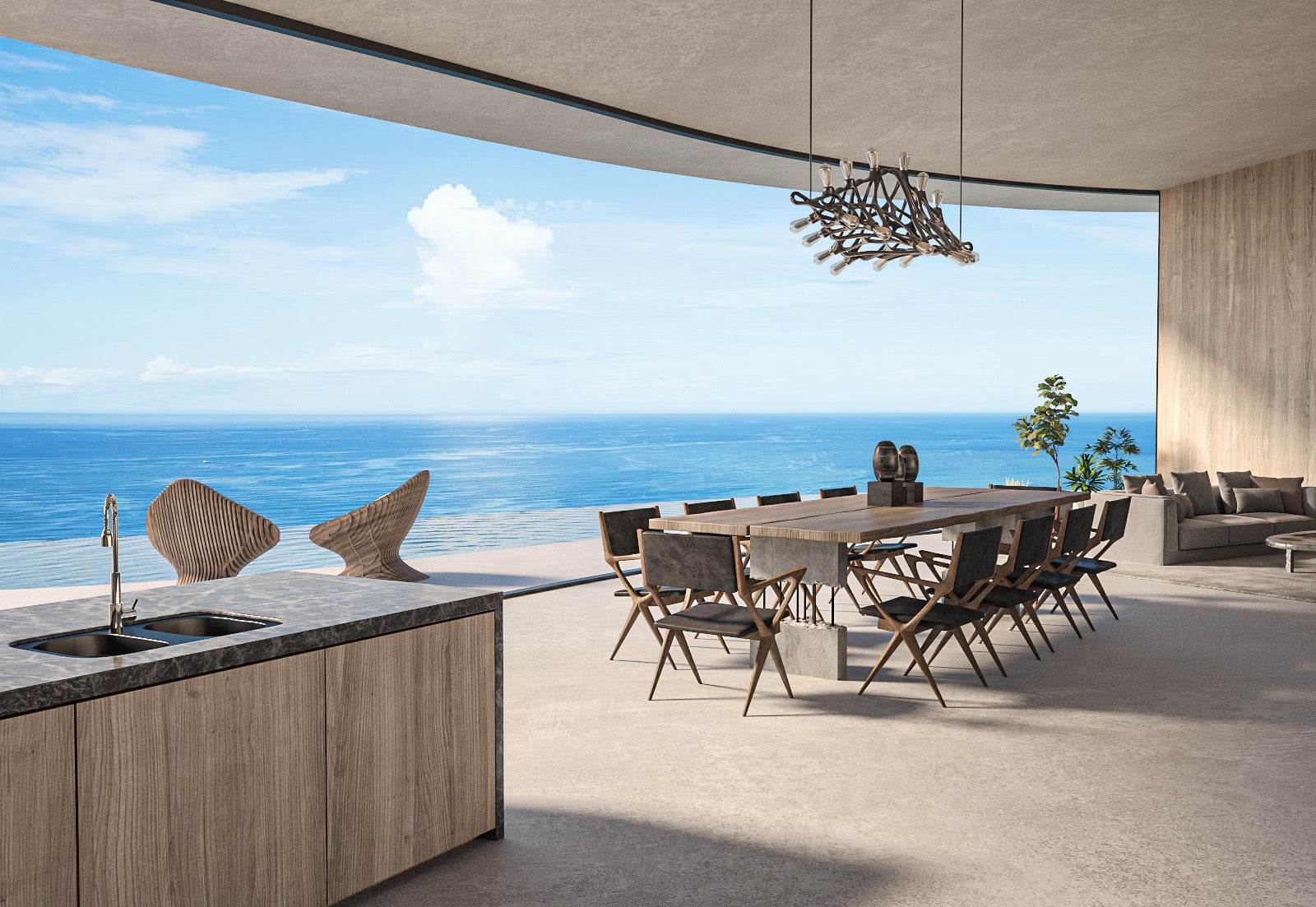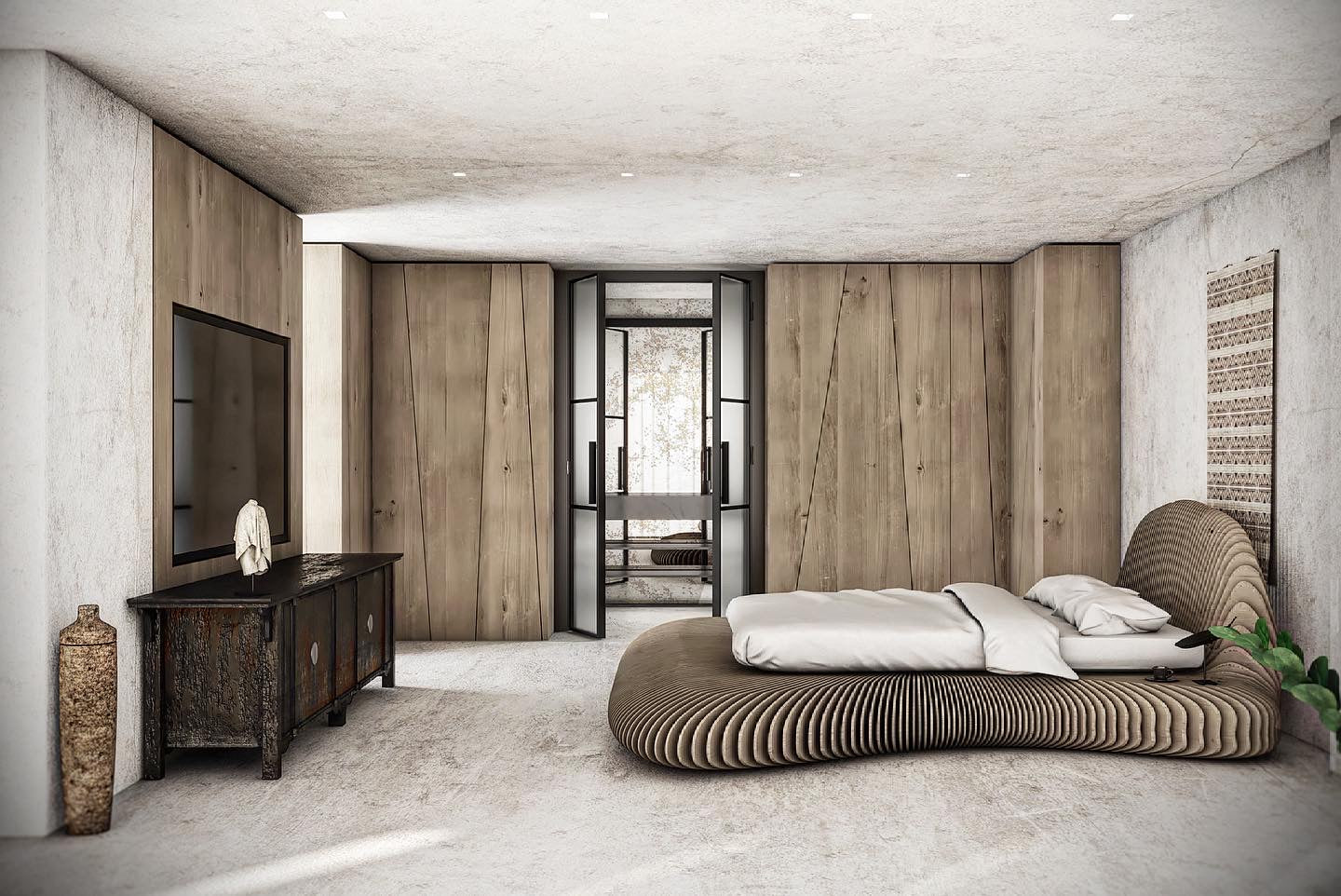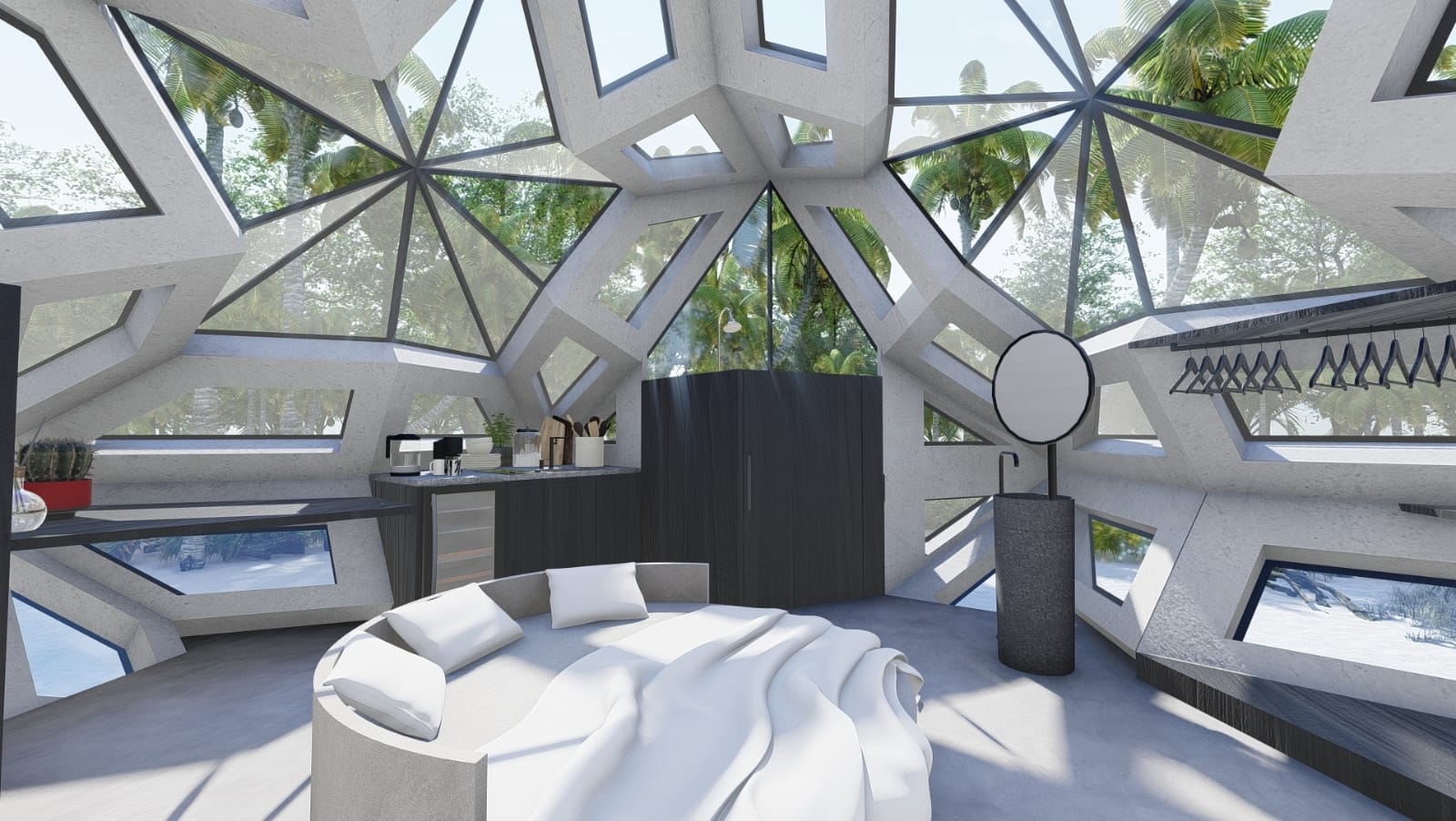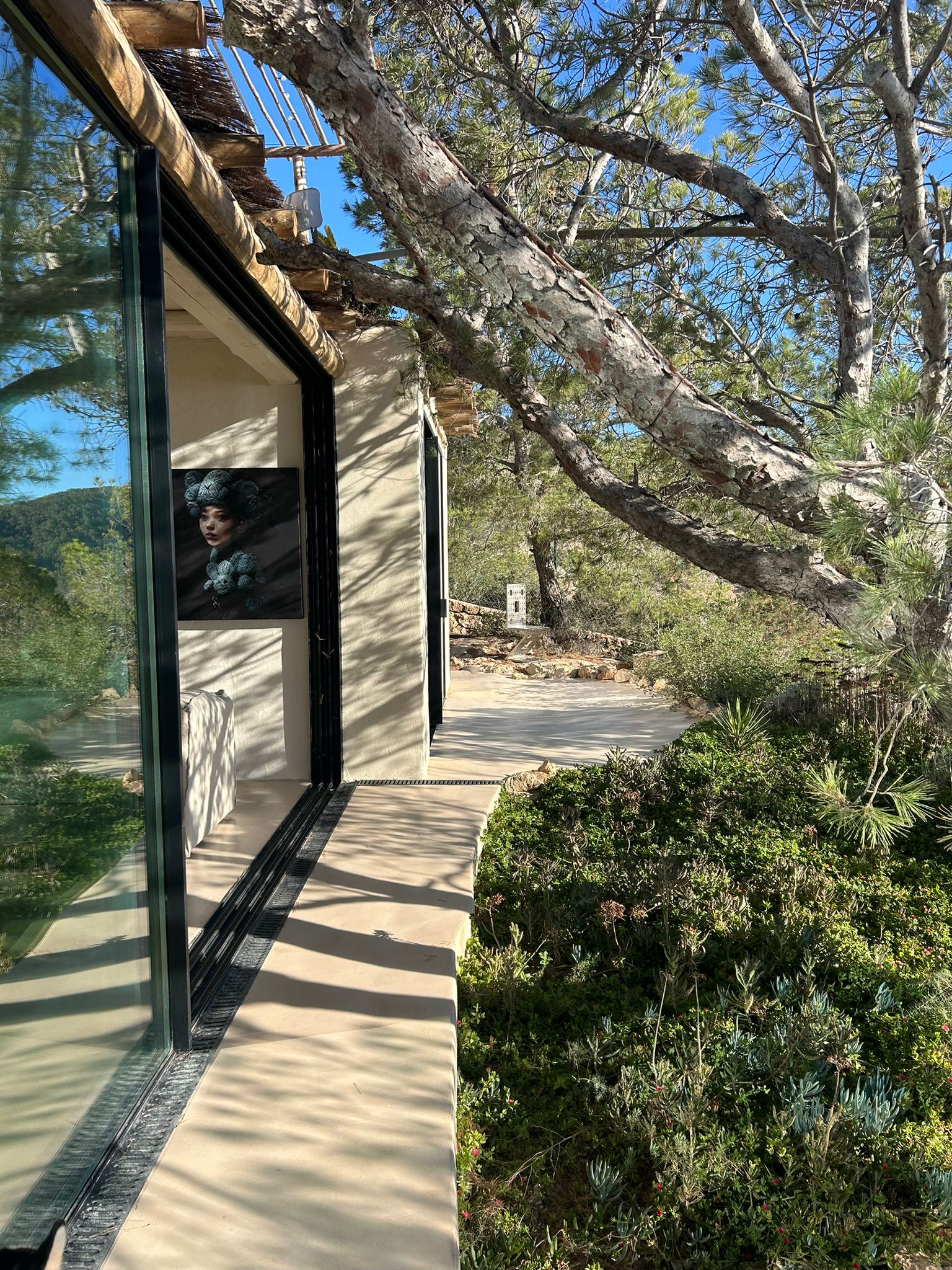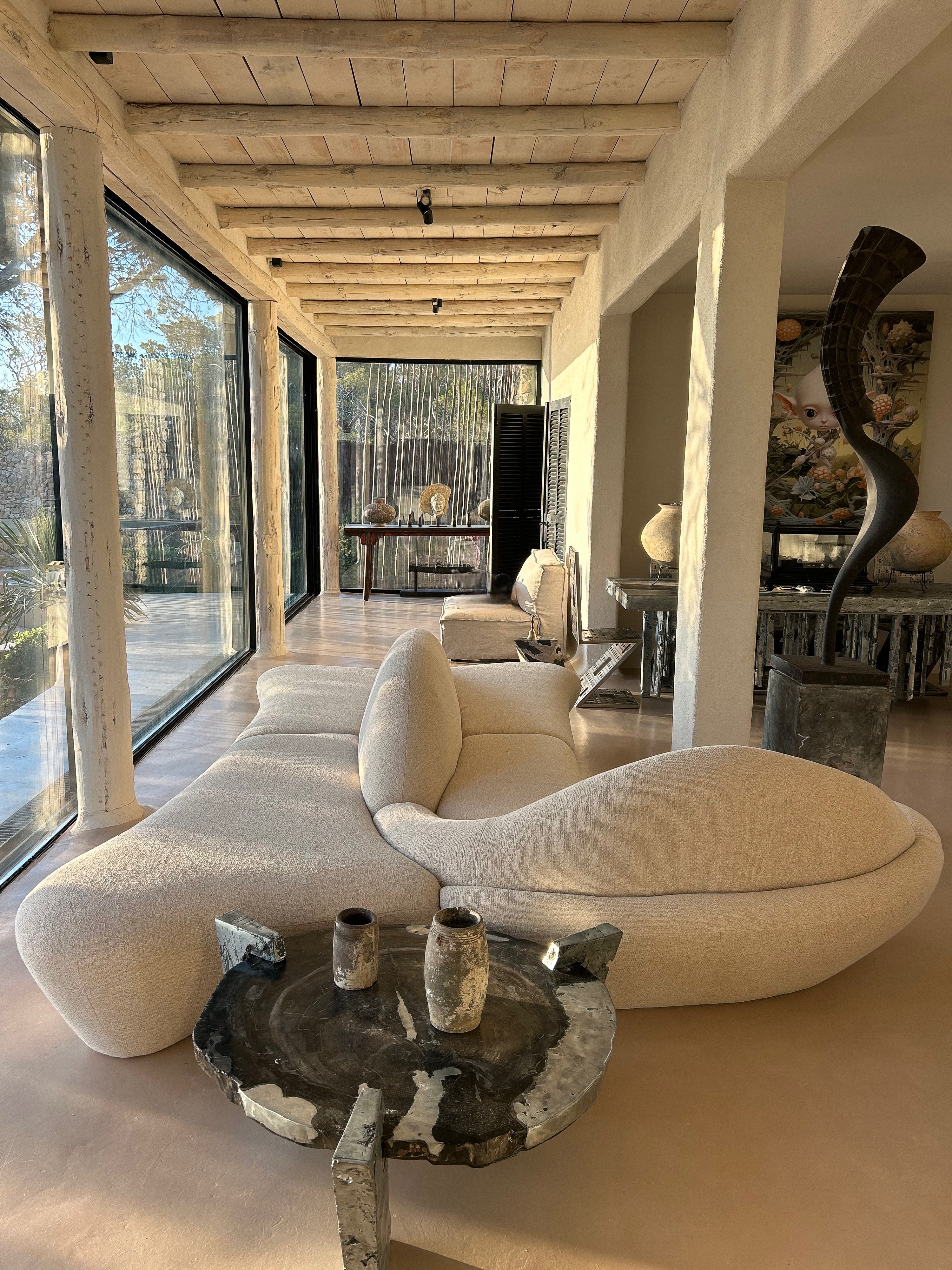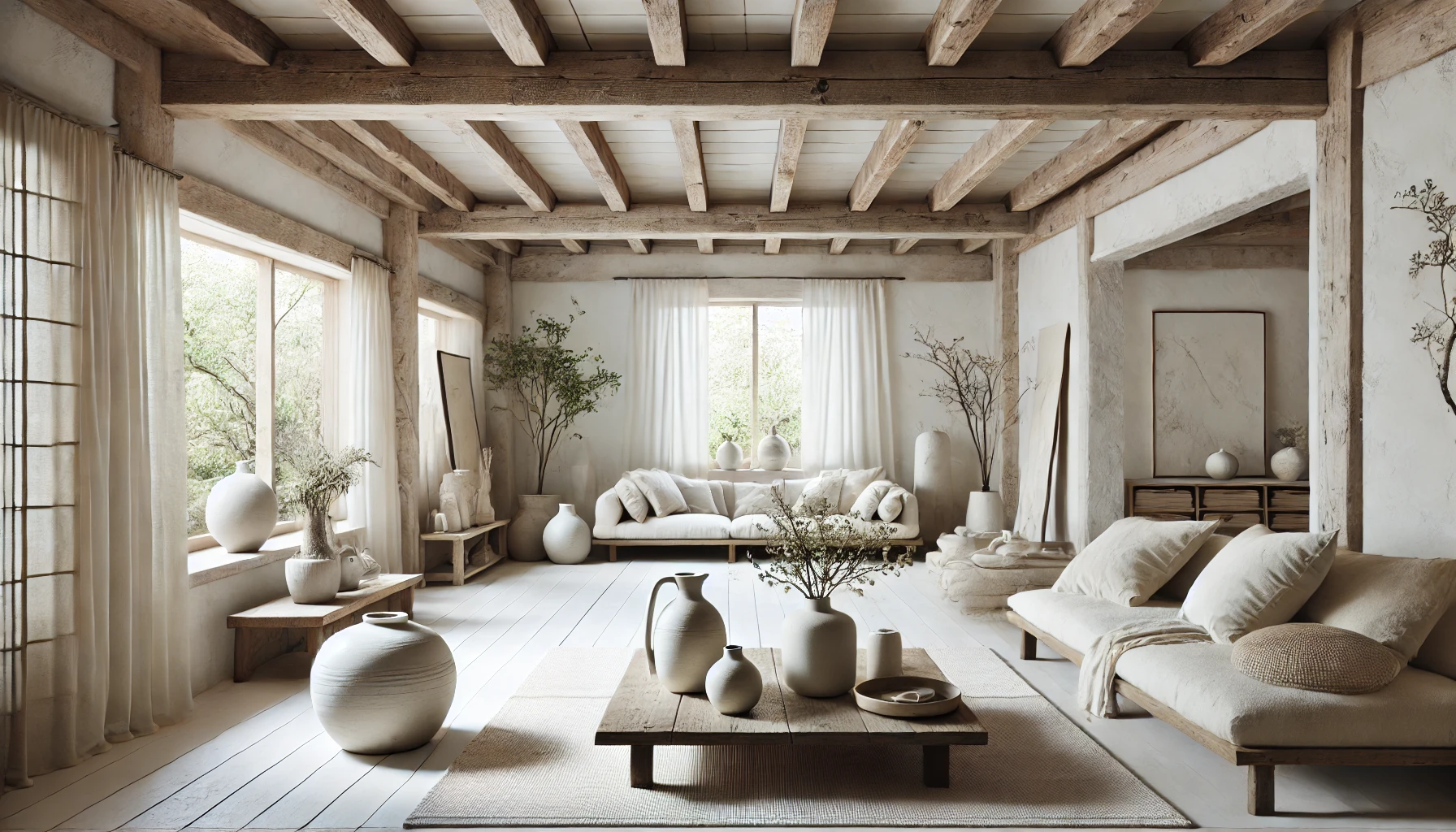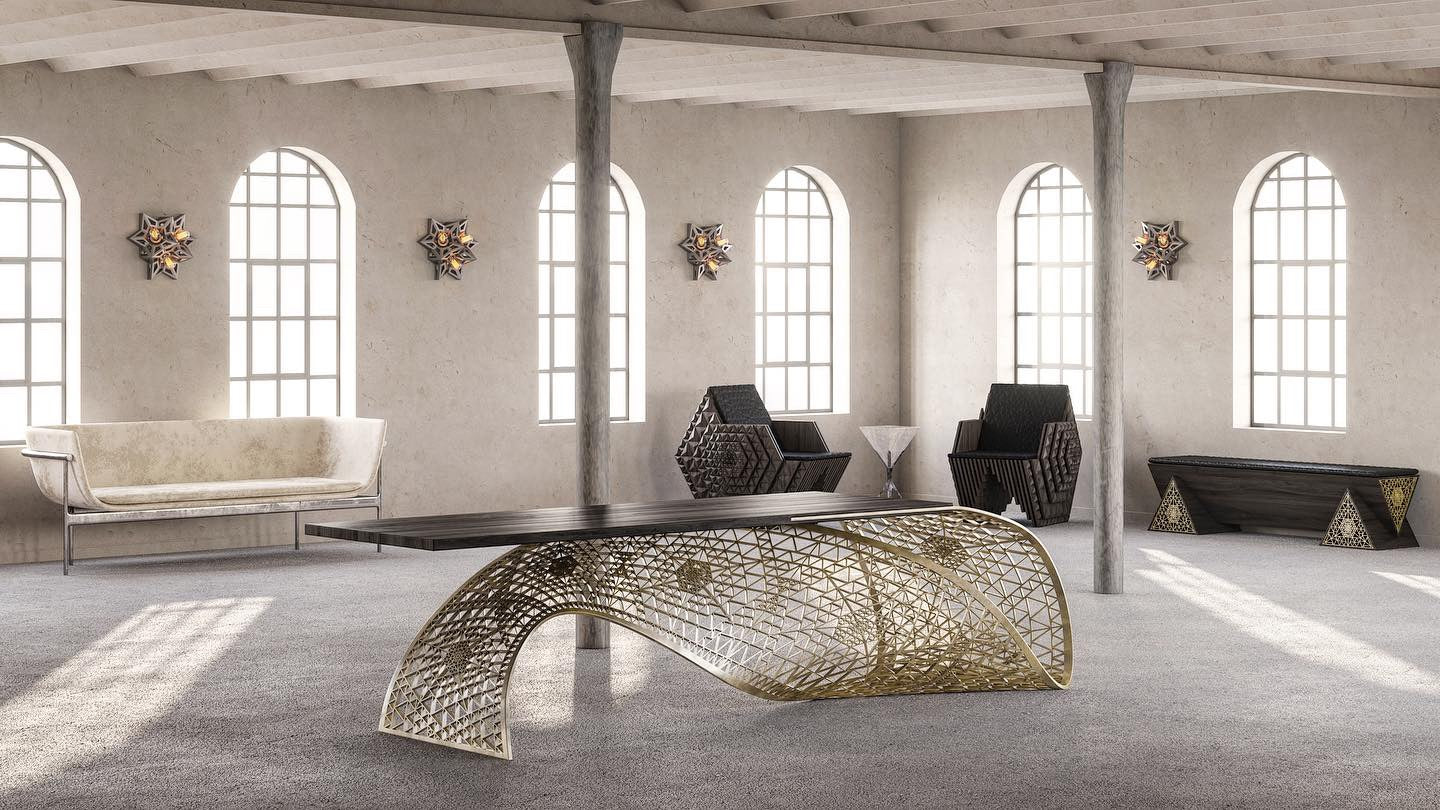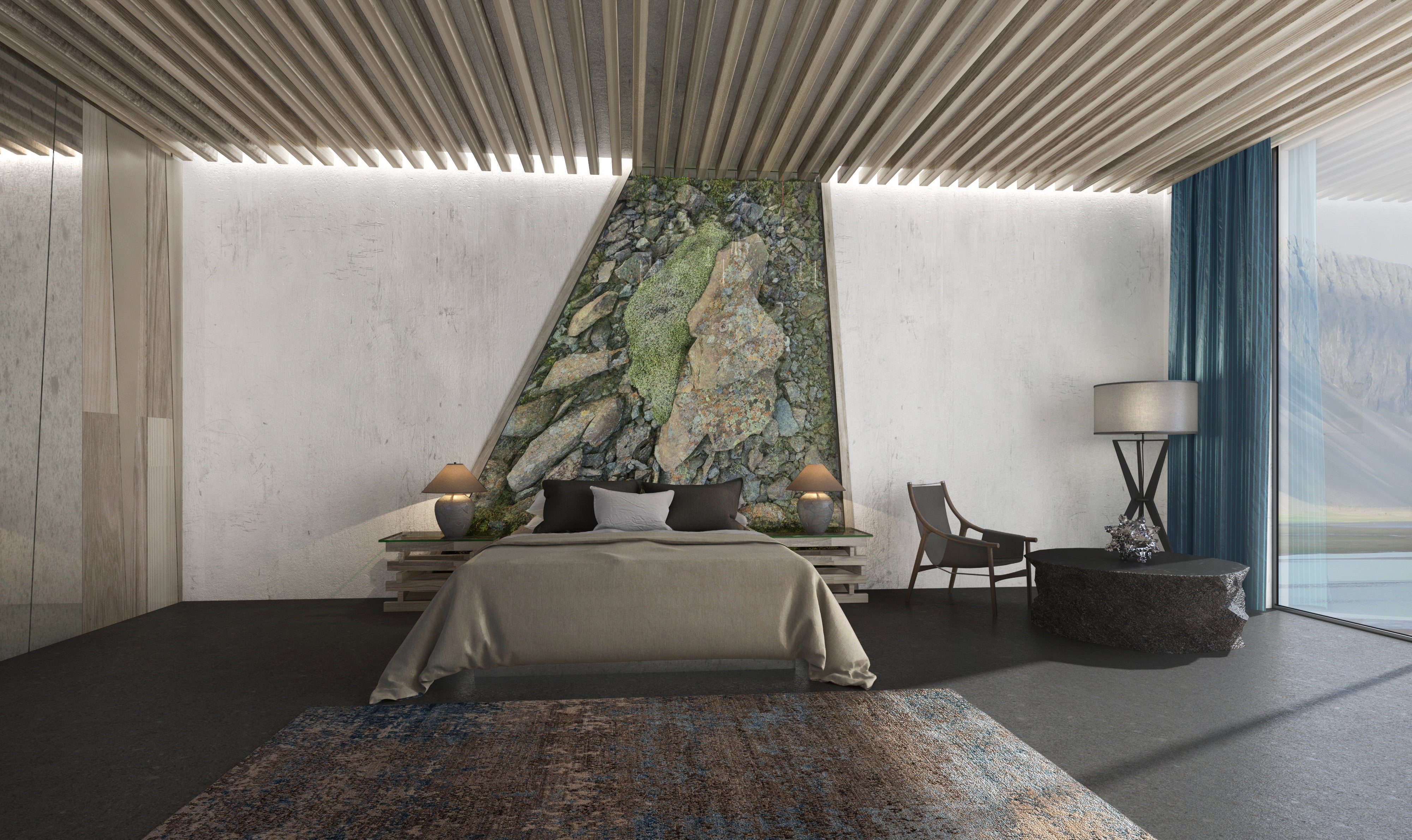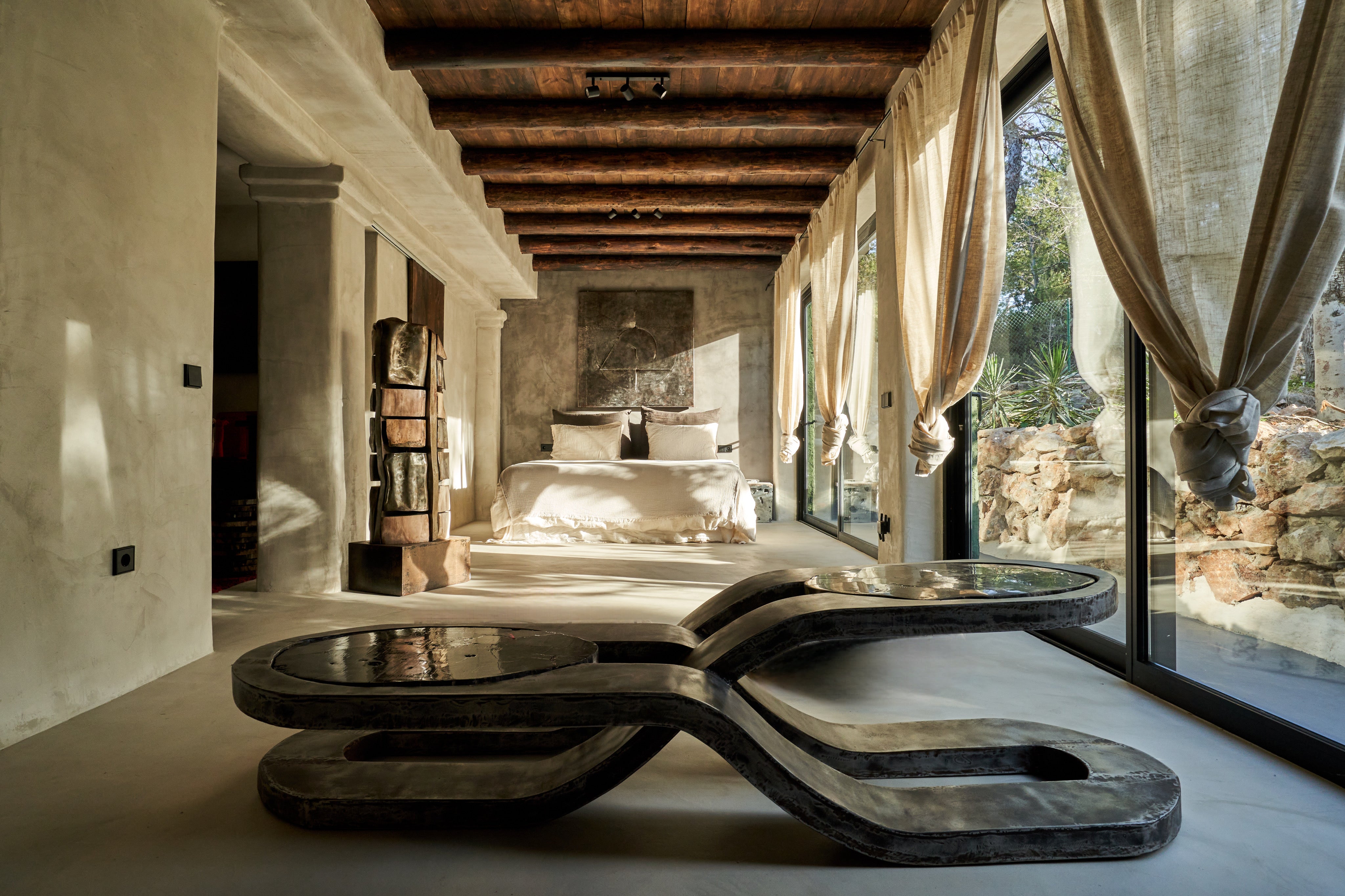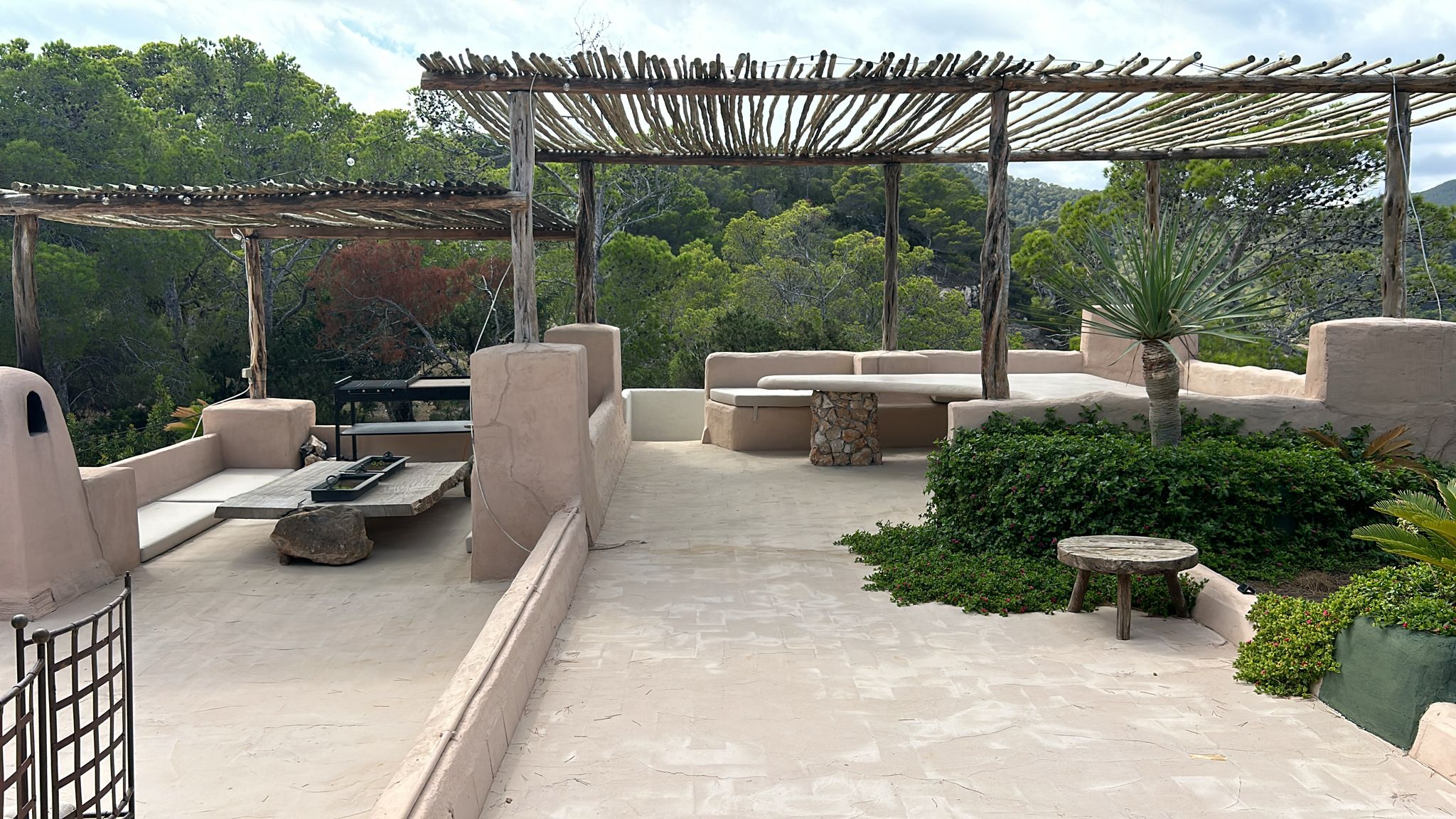
“Why Most Interior Designers Miss the Mark in Creating Sacred, Healing Spaces: Discover the Art of Designing Homes That Heal”
ALMA Talk at Six Senses: Embracing the Power of Space
Imagine entering a room where the lighting, geometry, and textures all work in harmony to calm your mind, lift your spirit, and connect you to something deeper. This is more than just a beautifully designed space—it’s a sacred, healing environment.
At the recent ALMA festival at Six Senses, I shared my journey and insights on “Sacred Spaces: Designing Homes that Heal.” Here’s a glimpse into the key elements from my 45-minute talk, designed to help you transform your space into a sanctuary for wellness, connection, and personal growth.
1. Start with Intention: The Philosophy of Sacred Spaces
The foundation of a healing home starts with intention. Sacred spaces are thoughtfully crafted with purpose, where each design choice encourages peace, healing, and a deeper connection to oneself and one’s surroundings. This aligns with ancient practices like sacred geometry—incorporating patterns like the Flower of Life or the Golden Ratio that resonate with our subconscious, creating harmony and balance in our living spaces.
Tip: Reflect on the purpose of each room. For example, your bedroom could be a sanctuary for rest and intimacy, while your living room could be a space for connection and creativity.
2. Biomimicry in Design: Learning from Nature
Nature holds the blueprint for balanced, sustainable, and healing environments. Biomimicry involves integrating natural patterns into our homes, drawing from organic shapes, textures, and materials. Think of spiral forms inspired by seashells or natural ventilation mimicking the airflow through termite mounds.
Tip: Use natural materials like wood, stone, and organic fabrics to create an environment that feels alive, grounding, and connected to the earth.
3. Spaces that Influence Your Mind and Body
Our surroundings impact our mental and emotional well-being. For instance:
• Low Ceilings encourage focus, while high ceilings foster creativity and expansive thinking.
• Circular arrangements symbolize unity and wholeness, ideal for communal gatherings or meditation areas.
Tip: Assess the layout of your space and consider how it makes you feel. Rearrange furniture to open pathways and invite positive energy, in line with Feng Shui and Vastu Shastra principles.
4. Multi-Sensory Design: Engaging All the Senses
True healing spaces are multi-sensory, engaging not just sight but sound, smell, and touch. From wind chimes that calm the mind to tactile fabrics that invite touch, each element contributes to the space’s energy.
Tip: Incorporate scented candles, soft textures, and natural sounds (like a small water feature or nature-inspired music) to create a soothing and immersive experience.
5. Balancing Masculine and Feminine Energies: A Touch of Tantra
Spaces, like people, thrive on balance. The principles of Tantra encourage harmony between masculine and feminine energies, achieved through a mix of hard and soft, light and dark. This creates a dynamic yet harmonious environment that feels sensual and balanced.
Tip: Incorporate soft textures and warm lighting to soften the space, while balancing it with structured elements like wood or stone.
6. Lighting and Art: Setting the Tone
Lighting has the power to make a room feel harsh or inviting. Layered lighting can create depth, while curated art tells stories and uplifts the space’s energy. Art not only adds beauty but serves as an energetic anchor, enhancing the home’s vibration.
Tip: Use adjustable lighting and place meaningful art in areas you frequent to reinforce positive energy.
7. Sacred Geometry and Fractals: The Key to Harmony
Sacred geometry and fractals, found throughout nature, are timeless in their appeal and bring a sense of vitality to spaces. These patterns resonate with our minds and bodies, fostering a sense of order and peace.
Tip: Incorporate geometric patterns in elements like textiles, tiles, or furniture to subtly elevate the space’s energetic harmony.
8. Color Psychology: Setting the Mood
Color has a profound impact on mood. Rich reds evoke warmth and sensuality, while cool blues and earthy tones promote calm and stability. Wabi-Sabi principles celebrate imperfection, using natural, muted colors that align with the beauty of simplicity and aging.
Tip: Choose a color palette that aligns with the function of the room. Use earthy tones in relaxation spaces and vibrant hues in areas meant for creativity.
9. Creating Empowering Triggers in Your Space
Our homes can inspire positive habits and attitudes. Empowering objects, like books that encourage growth, or art that tells your personal story, serve as subconscious triggers that motivate and uplift.
Tip: Place objects that inspire you in visible areas, such as art, books, or fitness tools that reflect your values and goals.
10. Designing for Regeneration and Sustainability
Healing homes are sustainable and regenerative, emphasizing materials and designs that respect the environment. This could mean using reclaimed wood, integrating greenery, or choosing locally sourced items that tell a story of origin.
Tip: Opt for materials that are sustainable and full of character, as these elements add depth and narrative to your home’s design.
Closing Thought: Transforming Your Home into a Sanctuary
Creating a healing space is an act of self-care and conscious creation. Each design decision, from layout to lighting, reflects an intention to support well-being, mindfulness, and connection. Consider starting with just one change—whether it’s incorporating a natural material, clearing clutter, or adding a personal artifact—and witness how your space can begin to transform into a true sanctuary.
Ready to Design Your Healing Home?
Remember, a sacred space is not just a beautifully designed area; it’s a place that resonates with your soul, a sanctuary that empowers and heals. So ask yourself: What small change can you make today to start your journey toward a more harmonious, balanced, and healing home?


